Udall Center Researcher Receives $100k from RII for Novel STEM Mentoring Program for Middle School Students
UArizona researchers joined up with Lauffer Middle School STEM teacher and nonprofit CommunityShare to design and implement a multi-tiered peer mentoring program for the 2023-24 school year.
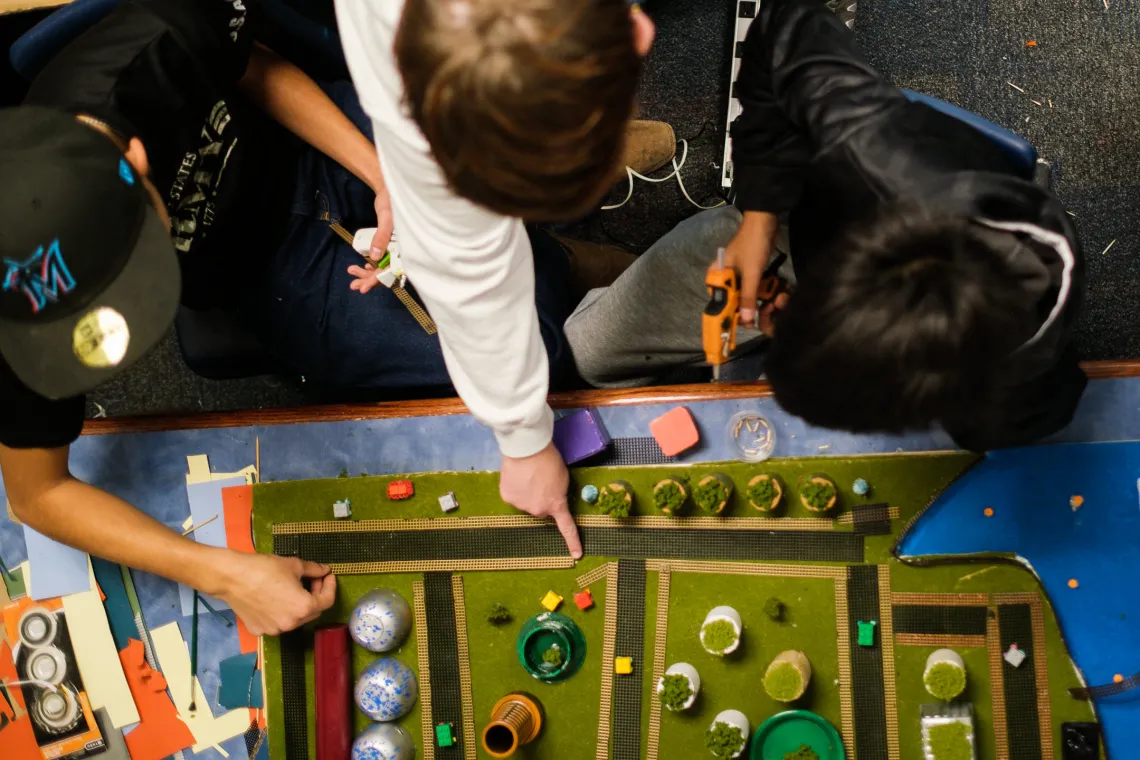
Three Lauffer Middle Schools students work on a diorama project for the Future City competition.
Ideas that eventually come to seem like commonsense are often the most innovative at the outset. Such is the case with a new tiered student mentoring program led by Udall Center (UC) Assistant Professor Adriana Zuniga-Teran.
The project – which was recently awarded a $99,892 grant from the UArizona Office of Research, Innovation and Impact’s Technology and Research Initiative Fund on Water, Environmental, and Energy Solutions to support its first year of operations – will focus on helping students at Lauffer Middle School in the Sunnyside School District cultivate an appreciation for Science, Technology, Engineering and Math (STEM). If all goes to plan, it will also encourage more of those students to attend college.
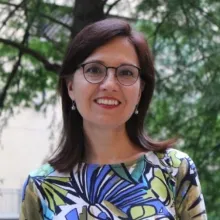
Adriana Zuniga-Teran
Zuniga-Teran describes the mentorship structure as a ”pyramid” designed to pair students with near-peer mentors.
“The mechanism will be an intergenerational peer youth mentoring program,” says Zuniga-Teran. About 80 middle school students will be mentored by roughly 10 high school students. Those high school students will be mentored by about half a dozen undergrads at UArizona who, in turn, will be mentored by 2-3 graduate students. And, of course, those graduate students will have access to the program’s faculty investigators for their own mentorship needs.
Zuniga-Teran explains that the tiered system allows the program to function both as a science mentoring initiative and as a “role-modeling” program. “From other experiences in engagement we’ve noticed that high school students don’t relate to faculty… but, if we involve university students, they do want to (engage),” says Zuniga-Teran who, in addition to her post at the UC, is also an Assistant Professor in the UArizona School of Geography, Development and Environment.
Connecting Through CommunityShare
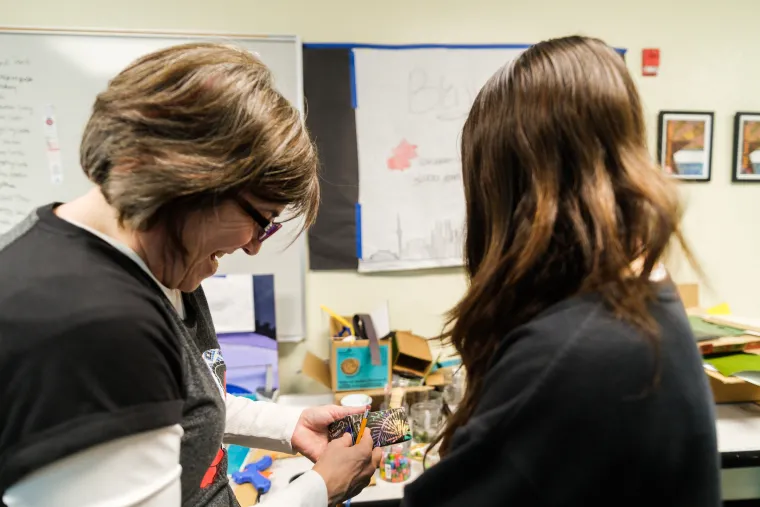
Jackie Nichols helps a female student on her Future City project.
Julius Schlosburg; courtesy Jackie Nichols
The concept began with Lauffer Middle School STEM Teacher Jackie Nichols. Nichols says that her students, a majority of whom are of Hispanic descent, are “vastly underrepresented” in STEM career fields, which is why Nichols is always looking for ways to help them “see themselves in those career fields.”
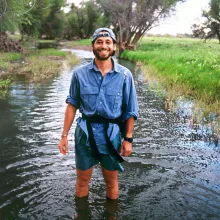
CommunityShare Founder and Director Josh Schachter
courtesy CommunityShare
Nichols has been running a program in partnership with local nonprofit CommunityShare in which her middle school students are paired with high school mentors to help them with their efforts in the nationwide engineering education program called Future City. Nichols says she was looking for ways to “deepen and broaden” the engagement opportunities for her students in the Sunnyside District, so she reached out to CommunityShare Founder and Director Josh Schacter to see if he had any recommendations on how to move the effort forward.
“That’s our goal with respect to getting the students involved with STEM education is just getting them to do the science themselves,” says Adriana Zuniga-Teran.
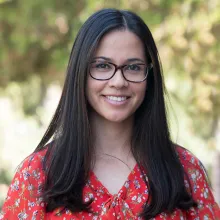
Jennifer Mason
Schachter had become aware of Zuniga-Teran’s environmental justice work through CommunityShare, which uses its digital platform as a “human library” to match subject matter experts (deemed “Community Partners”) with local educators, so he suggested Nichols reach out to see if the UArizona researcher might be interested in helping co-design a multi-tiered mentoring program. Nichols sent an email to Zuniga-Teran and, she says, from there, “it came about very quickly.”
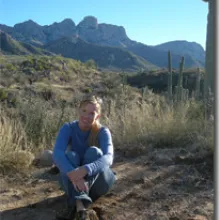
Arin Haverland
The three of them got together soon thereafter to start working on the grant proposal for the project and, according to Schachter, “there seemed to be a lot of synergy” between them.
Zuniga-Teran also partnered with two other UArizona faculty members for the program: Jennifer Mason, Assistant Professor of Practice in the School of Geography, Development & Environment and Interim Director for the Geospatial Information and Science and Technology Program; and Arin Haverland, Assistant Professor of Practice in the College of Agriculture and Life Sciences Department of Environmental Science. Mason and Haverland play a crucial role in this project as mentors for students performing science projects with a geo-spatial component. Udall Center Program Coordinator Molli Bryson will also play a critical role in helping to organize and coordinate logistics and events for the project.
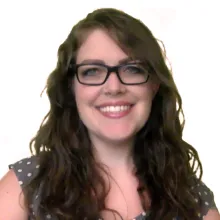
Molli Bryson
An Innovation in STEM Education
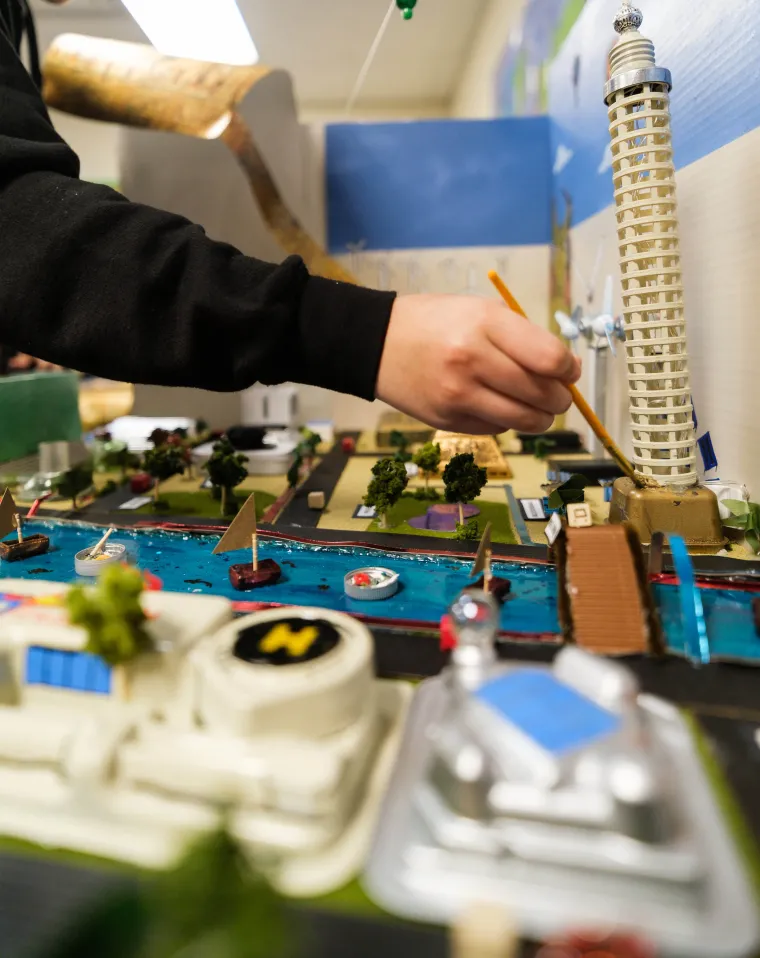
Lauffer Middle School students work in small groups to create their projects for submission into the national Future City competition.
Julius Schlosburg; courtesy Jackie Nichols
Having seen successful engagement taking place between her high school mentors and middle school students, Nichols recognized that there was opportunity left unexplored by potentially adding undergrad and graduate students into the mix.
Says Schachter, “Everyone talks about innovation and I think sometimes we equate innovation with technology, but I think what Jackie is doing is as innovative as any sort of tech solution.” He points out that the idea to link students with mentors that are close to their own age is a “no-brainer,” but that, to his knowledge, the model isn’t often being employed.
“I used to think that research, engineering and science were for smart people,” said one of Nichols' STEM students, “And I discovered that I’m smart people, too.”
In addition to helping students learn from mentors who have recently gone through the same changes and challenges they are soon to face, Schachter points out that the peer mentoring structure also helps the young mentees develop “social capital,” which he says is “one of the strongest indicators of economic mobility and…one of the strongest indicators of health, happiness and student achievement.”
Real Problem-Solving Experience
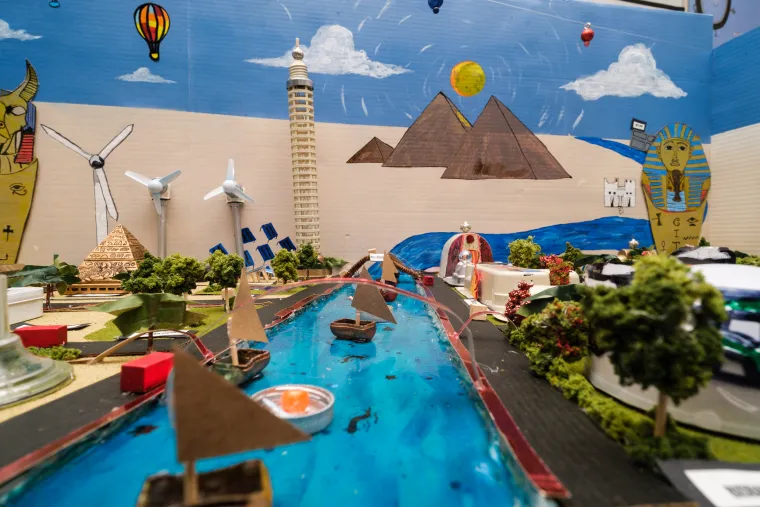
Nichols' students create elaborate dioramas for Future City, such as this vision for a project in Egypt.
Julius Schlosburg; courtesy Jackie Nichols
Zuniga-Teran says that one portion of the partnership between UArizona, Lauffer Middle School and CommunityShare involves inviting Lauffer students to perform an assessment of their neighborhoods and propose possible solutions to real problems facing their communities.
The students’ projects will be based on community needs. Students will collect all relevant data and analyze it before ultimately presenting their findings to community leaders at the end of the project period.
The idea, says Zuniga-Teran, is to help the students understand that they can play an actual role in community problem solving. “That’s our goal with respect to getting the students involved with STEM education is just getting them to do the science themselves,” she says.
The program will also include four trips to the UArizona main campus for Lauffer Middle School students throughout the first year, adding one more layer to the goal of helping the students see themselves participating in a college-campus community. Zuniga-Teran says that not having the opportunity to visit a college campus is “a big barrier” to encouraging underrepresented students to apply to attend college.
At least two of those campus visits will also feature panel discussions with local city officials and community leaders, during which the middle school mentees will have the opportunity to learn about urban planning needs from those actually doing the work.
Zuniga-Teran says that, if all goes well during this first year of the program, there have been talks about rolling the novel mentorship structure out to other areas of Tucson, as well. “This (project) is also preliminary work for a bigger grant,” she says.
Impact that Flows Both Ways
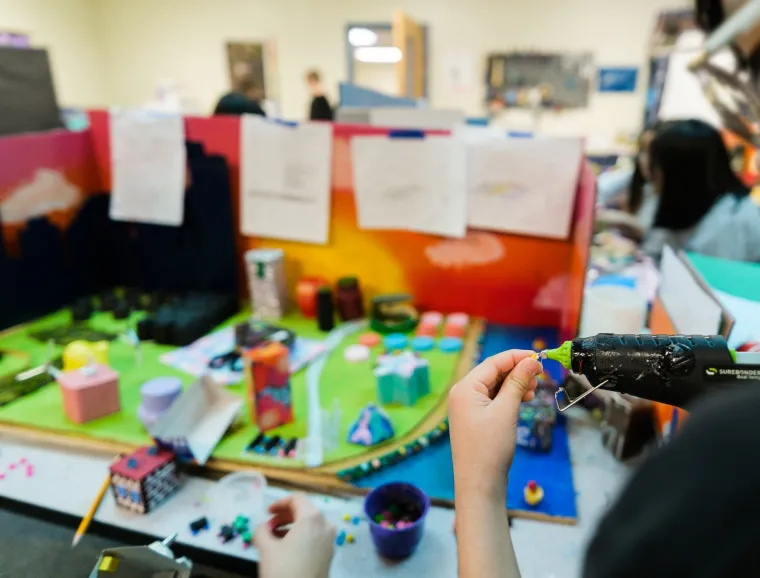
Julius Schlosburg; courtesy Jackie Nichols
The impact of Nichols’ mentorship programs on the youth mentees involved has become clear over time.
Nichols says that many of her students come from families in which there are few examples of professionals working in STEM fields, but that working with high schoolers and CommunityShare partners has helped them to see possibilities for themselves that they didn’t know existed.
The teacher of 17 years relayed the perspective of one recent high school graduate who is attending Arizona State University to study engineering beginning in the fall of 2023. “I used to think that research, engineering and science were for smart people,” the student said, “And I discovered that I’m smart people, too.”
“It’s hard for me to say that and not get emotional,” says Nichols, adding that “That’s a quote I can retire on.”
But Schachter points out that the benefits of such a program flow both ways.
He says surveys to Community Partner participants have indicated that partners have “rediscovered the value of community” or realized for the first time that “they have value to contribute to something larger than themselves.”
Schachter also says that nurturing cross-cultural partnerships between Community Partners and educators has also helped to break down preconceived notions about other races, classes and age groups. “So that's really valuable,” Schachter says, “breaking down adult perceptions of young people and also young people's perceptions of adults.”
All of this really adds up to community building at every level, which is no small matter when it comes to fostering connections and improving collective mental health.

